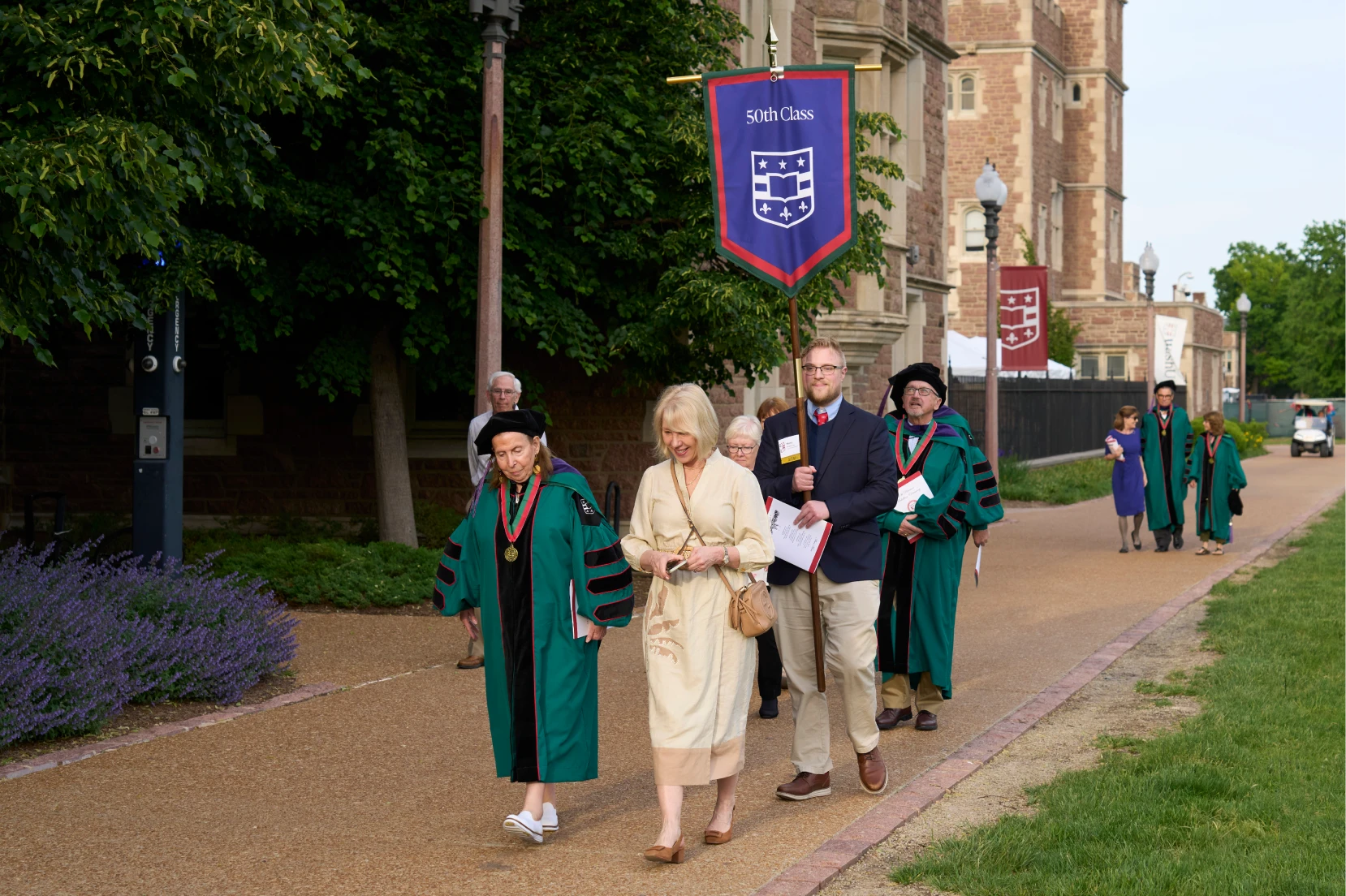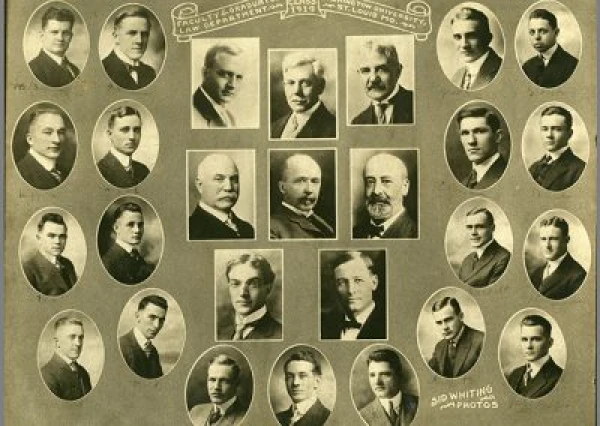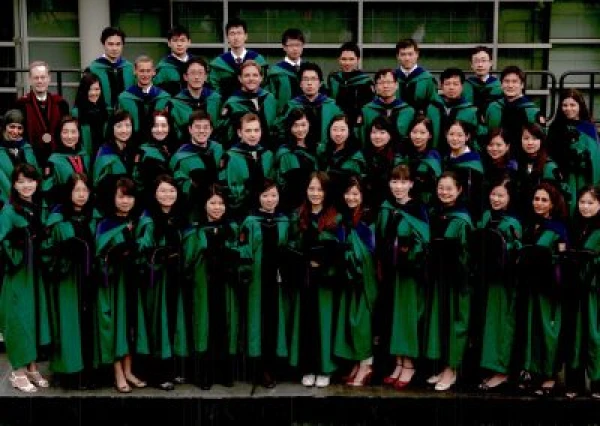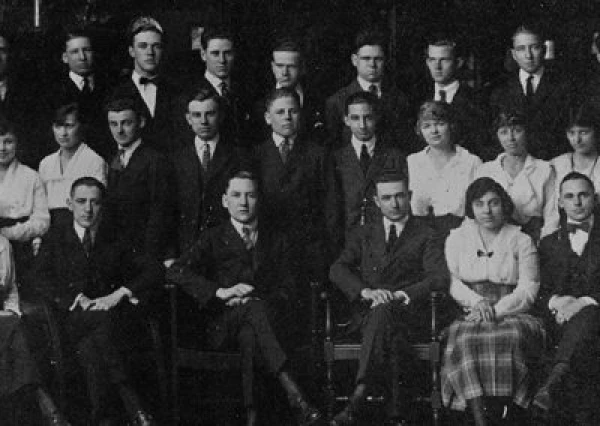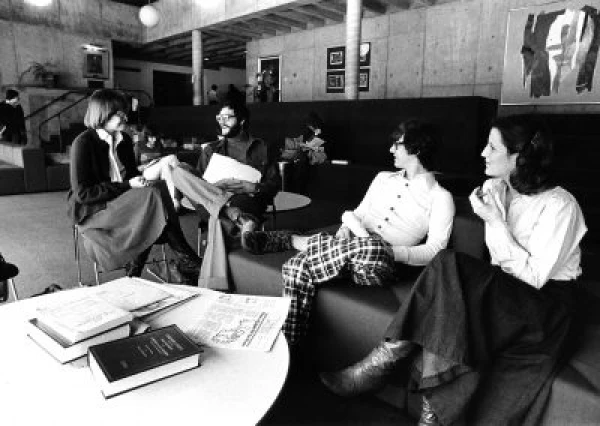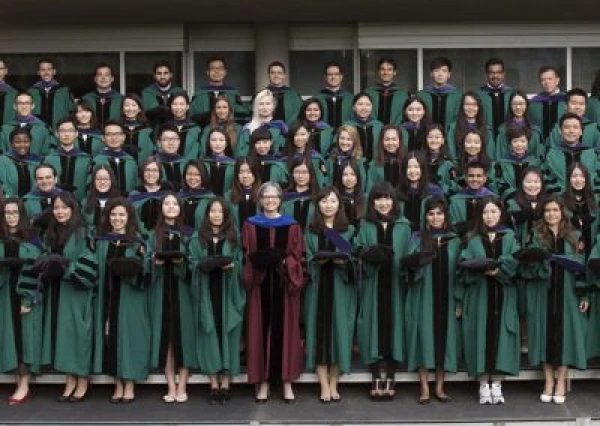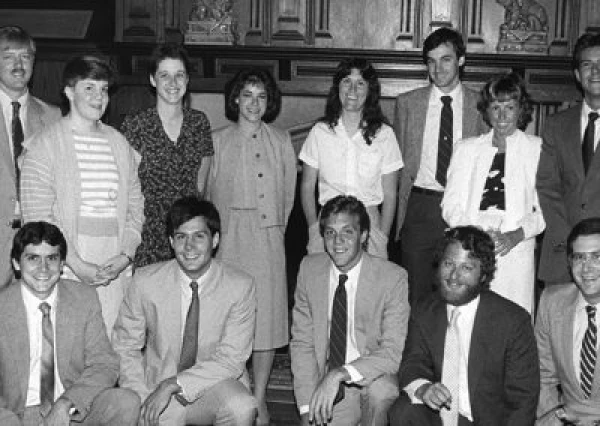WashU Law History
Shaping legal education since 1867.
Explore the milestones and moments that have shaped us into one of the nation’s best law schools for more than 150 years, from the creative legal minds we develop today back to our founding in 1867.
Our Legacy
Acts of creation across generations.
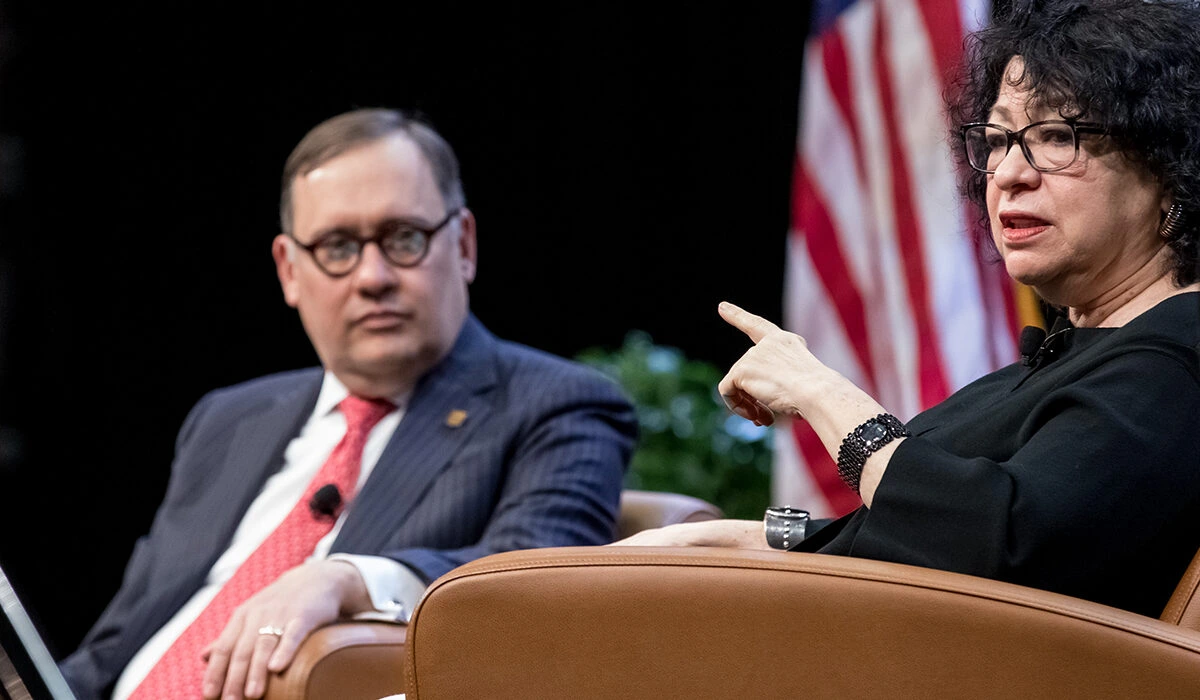
Today-2019
Celebrating Legacy
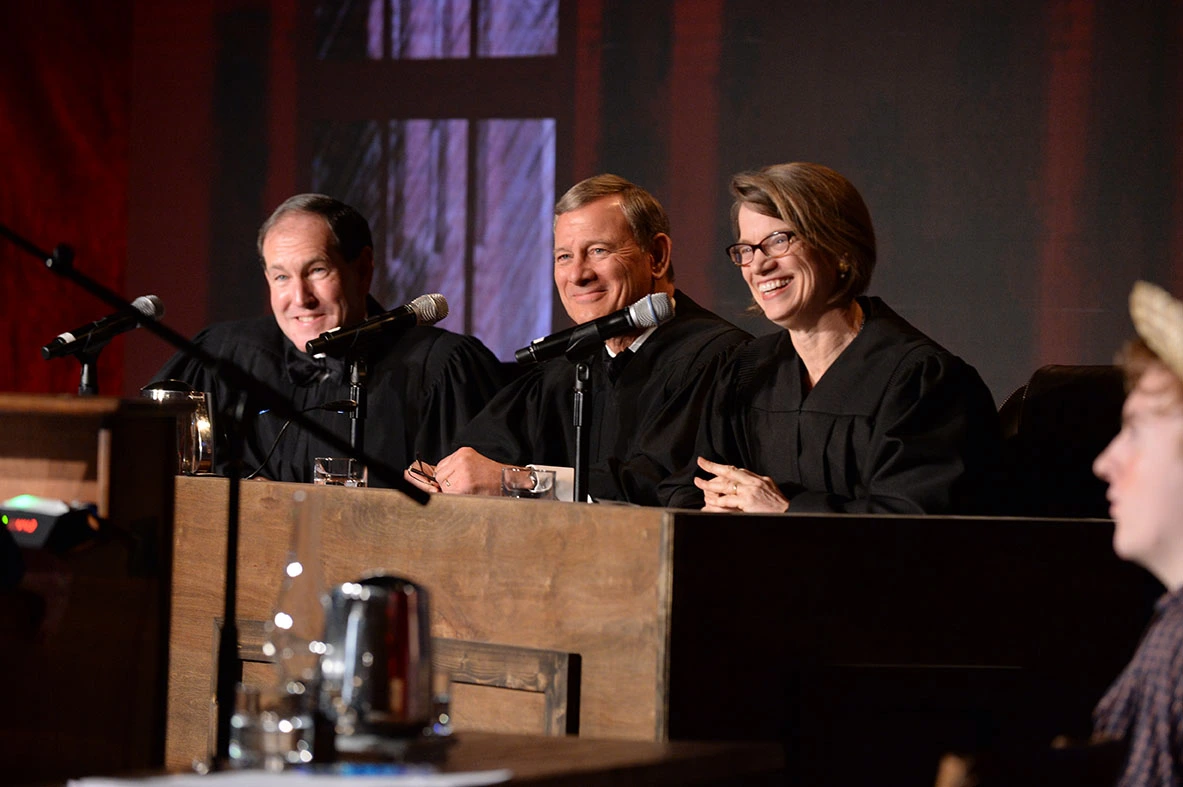
2017-2009
Modern Developments

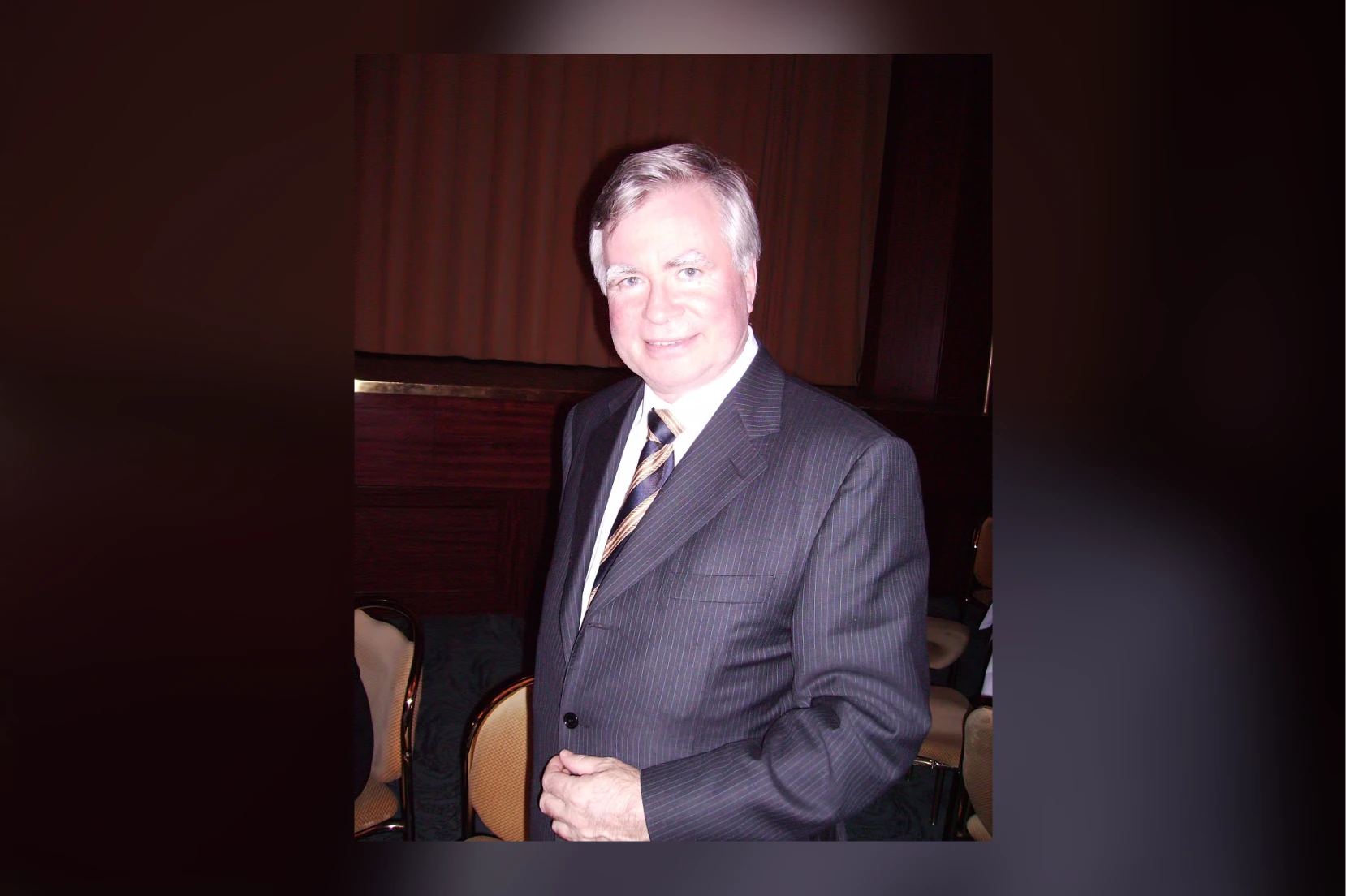
2008-2004
Innovation and Research
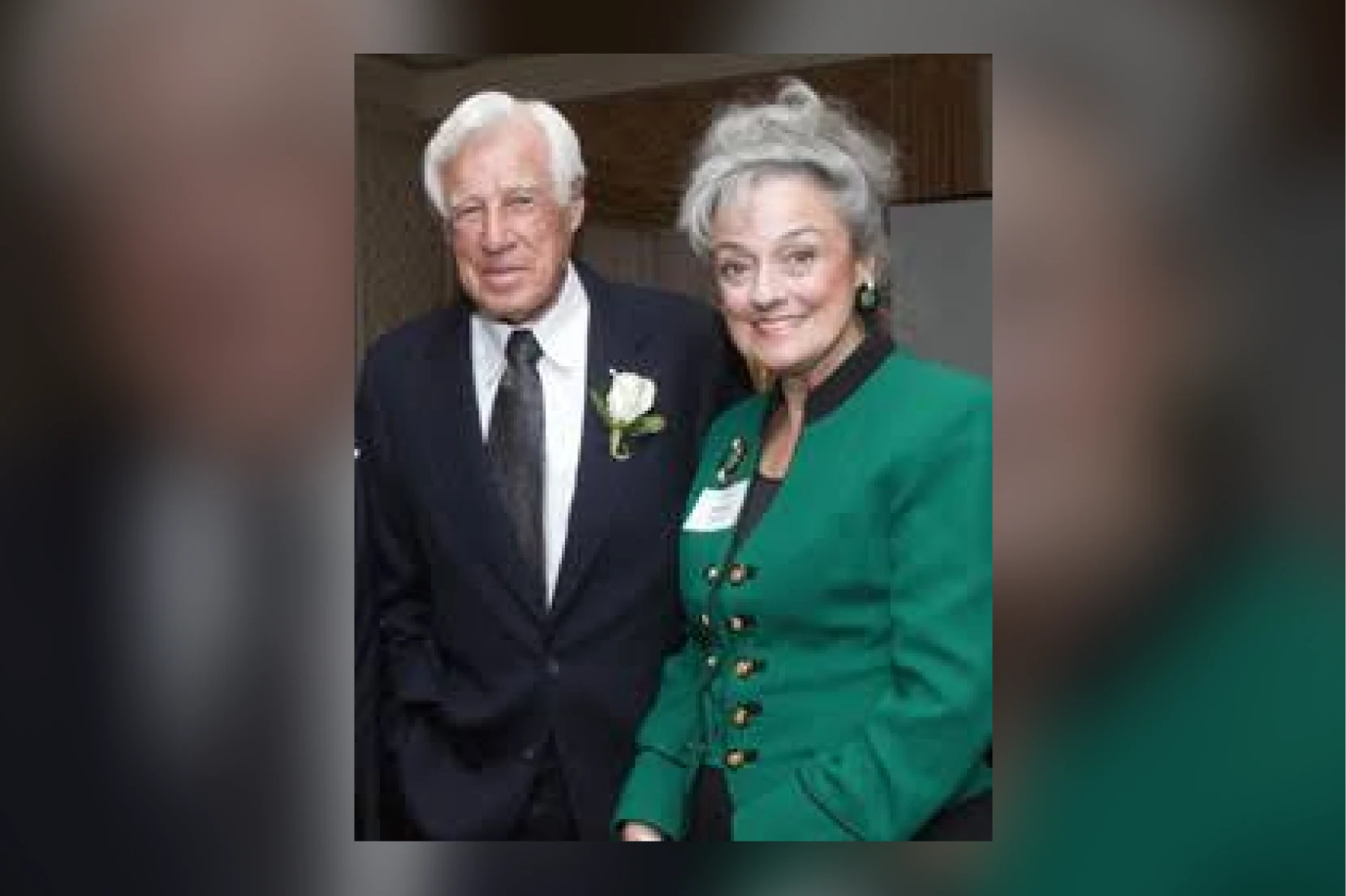
2002-1998
Global Initiatives

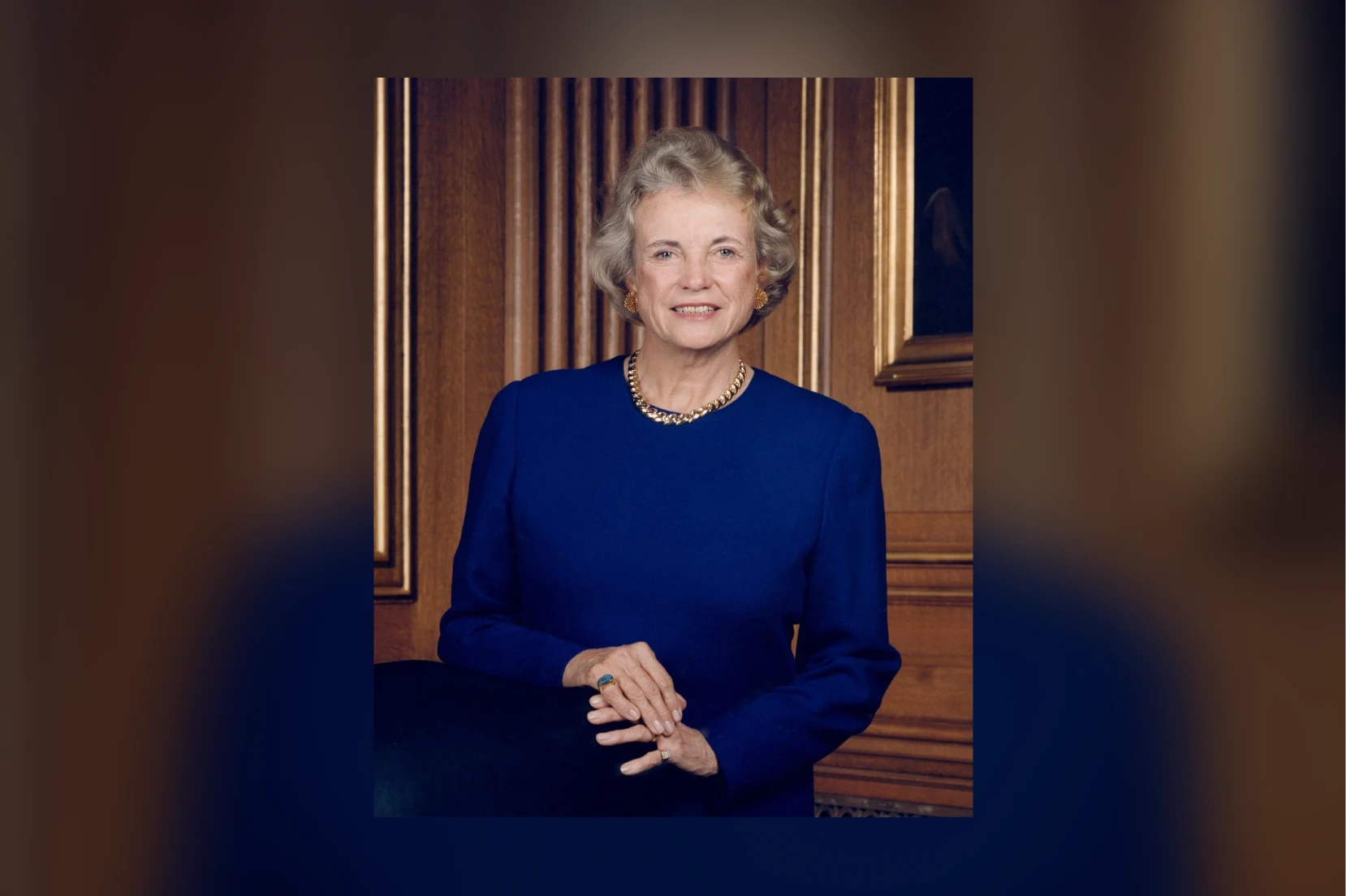
1997-1995
International Focus and New Home
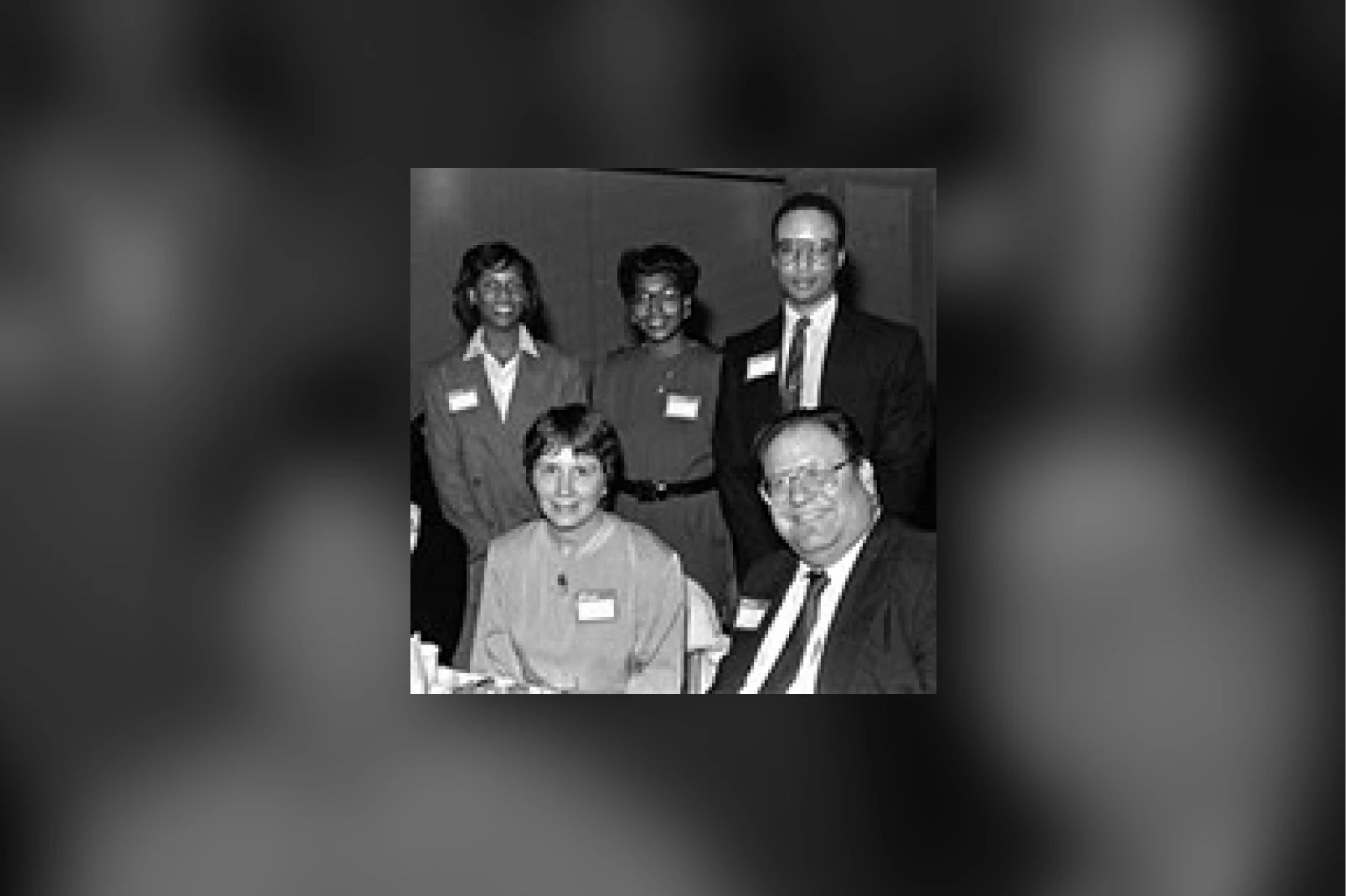
1989-1978
Expanding Horizons

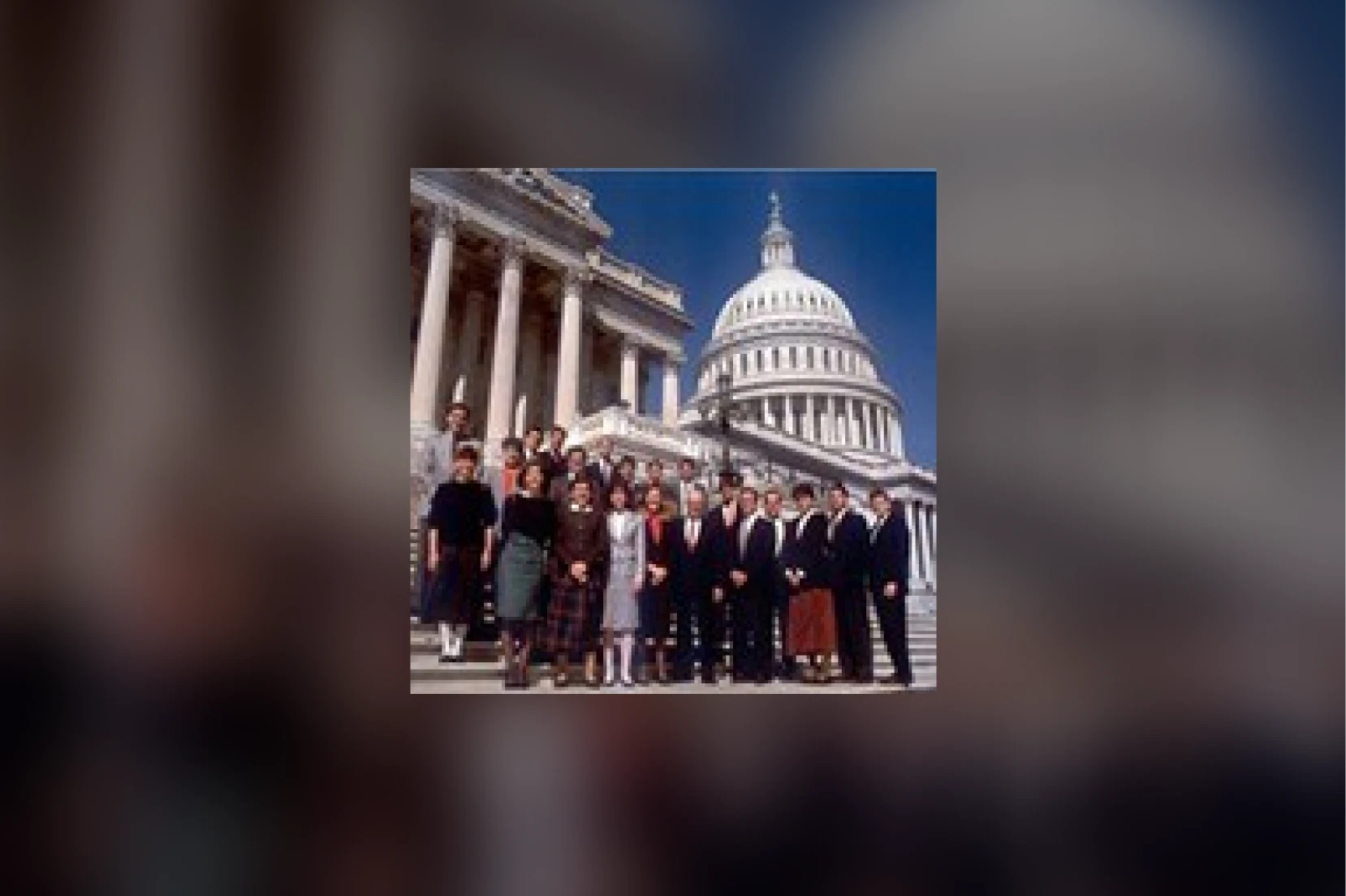
1973-1971
New Facilities and Programs
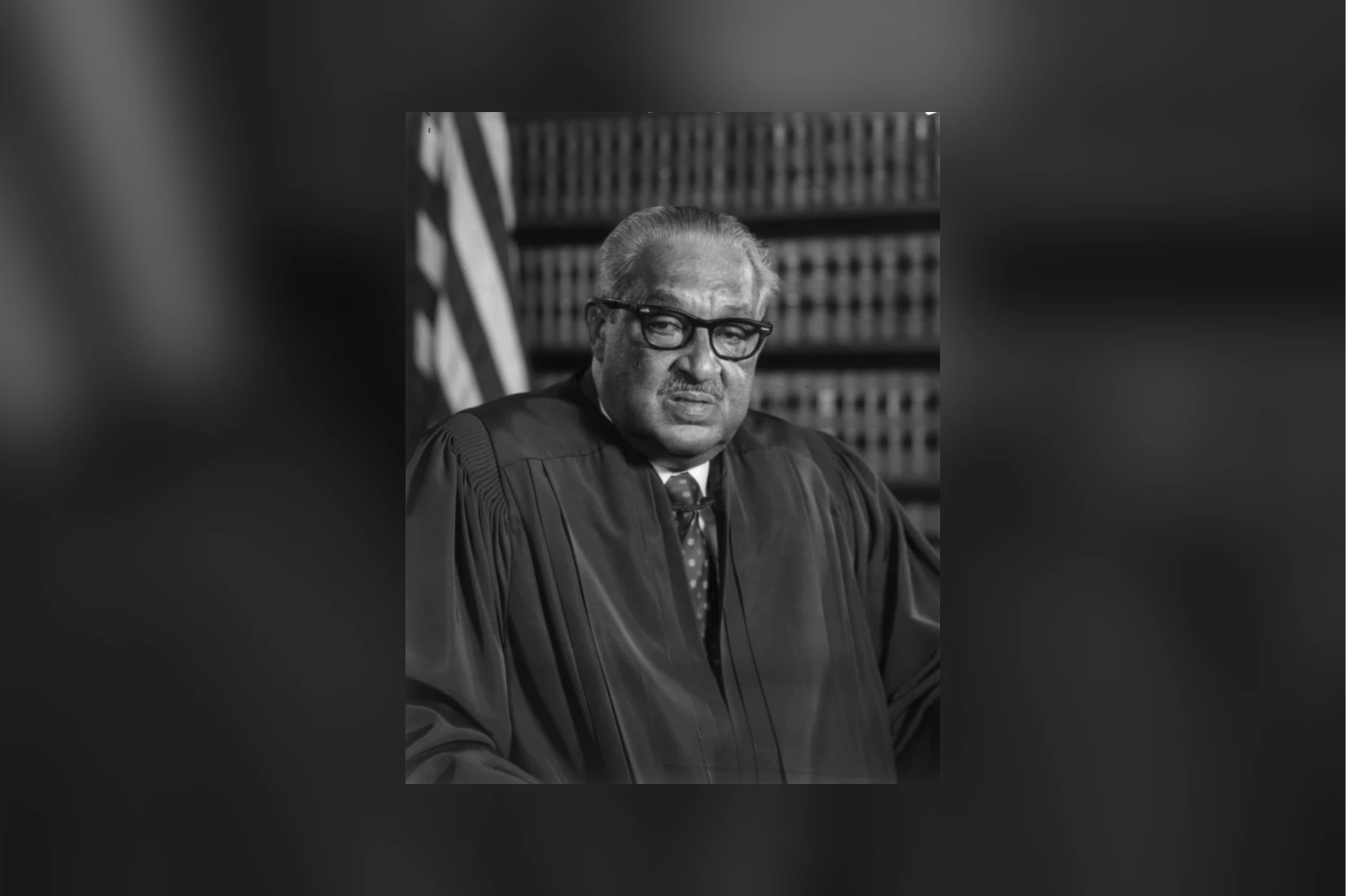
1968-1967
Academic Expansion

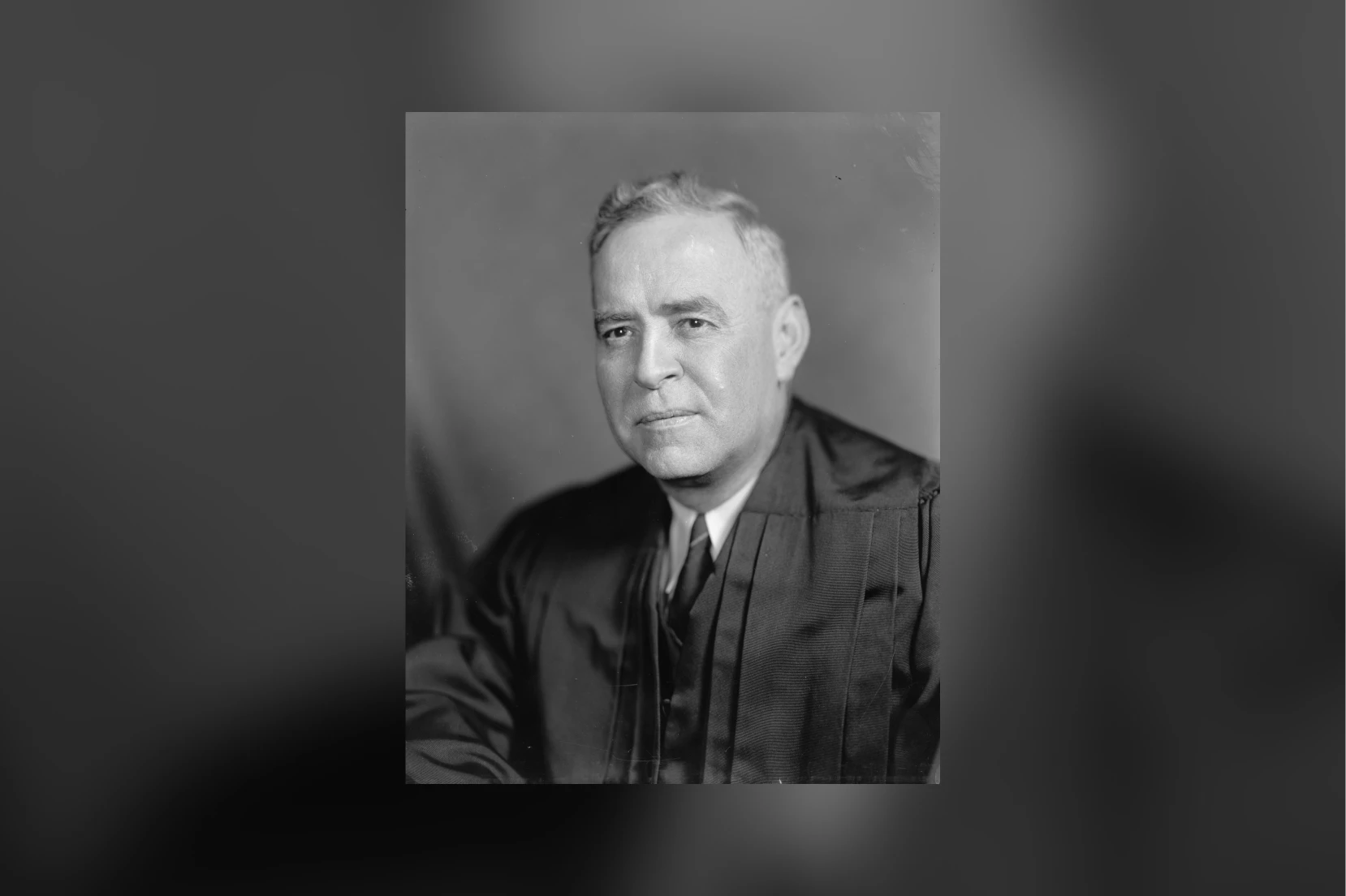
1947-1930
Growth and Distinction
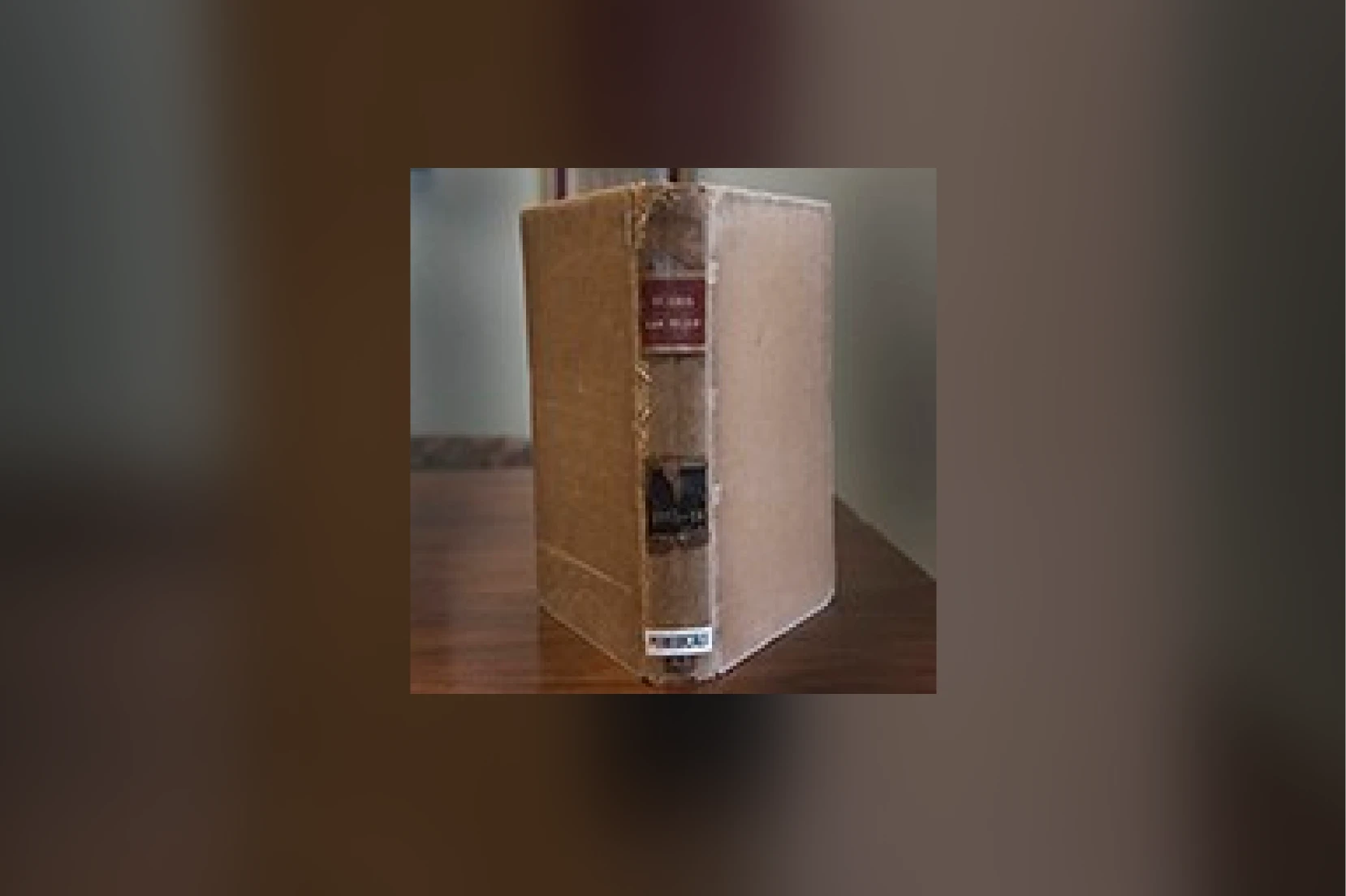
1909-1923
Campus Expansion

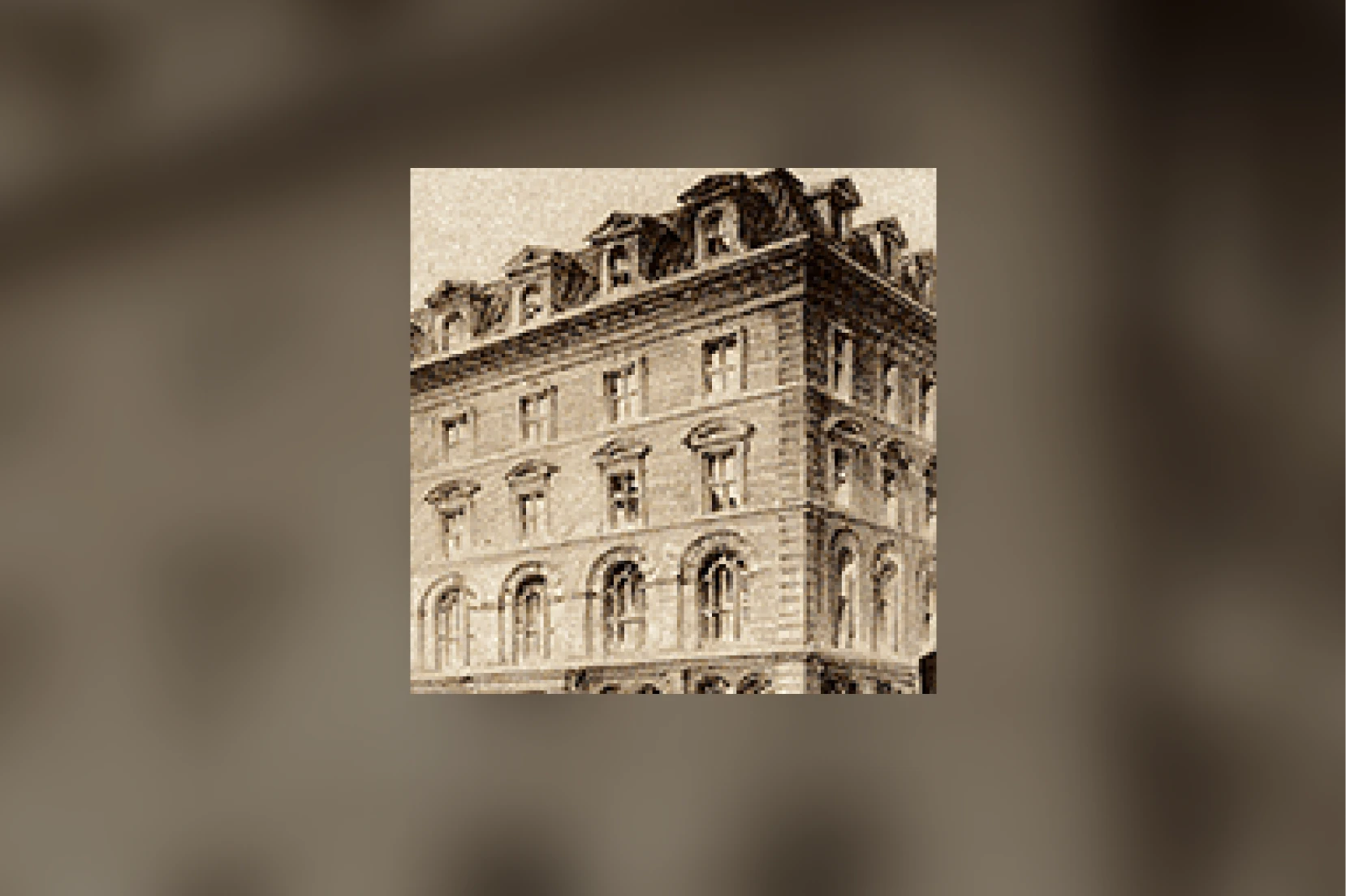
1889-1867
Founding Era and Early Pioneering
WashU Law Graduates
